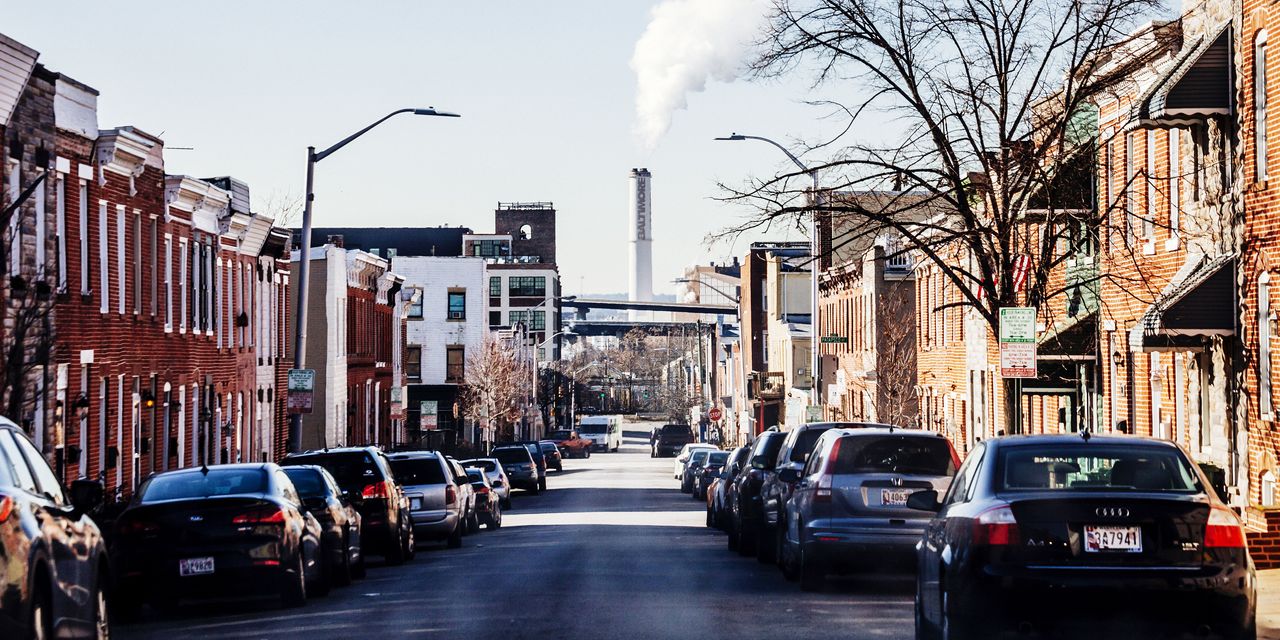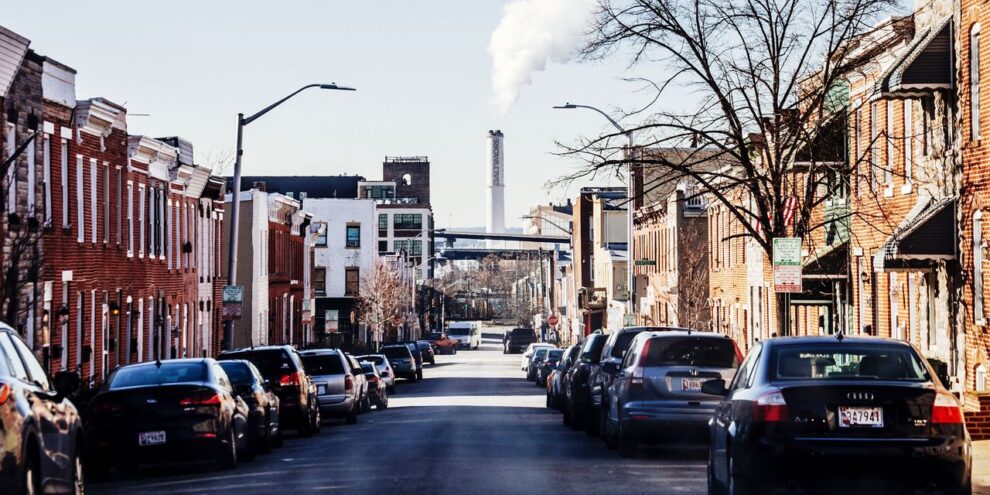
Decades of housing discrimination hasn’t only depressed home values and erased opportunities for building wealth among generations of mostly minority Americans. The now-illegal collusion between banks and real estate agents known as “redlining” is why some 45 million Americans choke on pollution even today.
The connection is made in a landmark study released Wednesday. The report looks at public-health effects from redlining — a descriptive term for the mortgage applications denied in neighborhoods marked with red ink — which was outlawed more than a half-century ago.
Still, the very existence of the practice has meant that mostly Black and Latino communities, and other select immigrant groups, missed out on accruing generational wealth from property ownership. New generations were often forced to stay in the same neighborhoods, as renters, reinforcing segregation, and creating less opportunity to distance themselves from pollution risks.
Value Gap: How young people of color can save the Earth — and build wealth while they’re at it
The analysis, published in the journal Environmental Science and Technology Letters, and other recent research finds that compared with white people, Black and Latino Americans more often share zipcodes with emissions-generating industrial areas. Plus, traffic exhaust from the major highways and interstates historically built through minority neighborhoods create more smog and fine particulate matter in areas that were redlined.
The new analysis, according to the authors, is the first look nationwide at how redlining leads to segregation and pollution disparities within different cities.
Read: Climate change is ‘greatest threat’ to global public health, say 200 medical journals
And: Study suggests even short-term exposure to air pollution hurts older men’s thinking and memory
Larger than what any one city or political party can address
“Racism from the 1930s, and racist actions by people who are no longer alive, are still influencing inequality in air pollution exposure today,” said co-author Julian Marshall, a University of Washington professor of civil and environmental engineering. “The problems underlying environmental inequality by race are larger than any one city or political administration. We need solutions that match the scale of the problem.”
These pollutants inflame airways, reduce lung function, trigger asthma attacks and can bring on heart attacks and strokes, the American Lung Association, the American Heart Association and other groups have said in updated pollution and climate-change research.
Read: Even low levels of pollution are killing older people, expansive research finds
Other studies show how despite the condemnation of redlining, its impact has a generational hold. A project published earlier this year from FiveThirtyEight and ABC News looked at 138 formerly redlined cities and found most were still segregated. For instance, data from Chicago shows that most Black residents are still living in the same neighborhoods deemed “hazardous” by the redlining mapmakers of the 1930s. A WBEZ report in 2020 also showed that modern-day de facto redlining is still happening in Chicago; there are 90% more Black Chicagoans nowadays in once-redlined communities compared to the surrounding area.
Read: Racial and economic inequality persists. Why do many people deny it?
The researchers for the release this week analyzed air quality data in 202 cities where communities were redlined and found a consistent disparity in the level of nitrogen dioxide, which forms smog, and PM2.5 pollution, the small particles that can become embedded in lungs and arteries.
“‘Racism from the 1930s, and racist actions by people who are no longer alive, are still influencing inequality in air pollution exposure today.’”
The researchers examined the pollution data and 2010 Census demographic data overlaid on the original federal Home Owners’ Loan Corporation (HOLC) “risk” map showing A grades for “best” and B, C or D for “hazardous,” i.e., redlined. Because redlining was such explicit discrimination, its wide early documentation can inform modern studies.
The disproportionate impact of smog and particulate matter is more pronounced in four major metropolitan areas: Los Angeles, Atlanta, Chicago and Essex County/Newark, New Jersey, the pollution report authors said.
With nitrogen dioxide, pollution levels were higher in 80% of communities given D grades and lower in 84% of communities given A grades. That trend held regardless of whether a city was as large as Los Angeles or Chicago, or as small as Macon, Ga., or Albany, New York.
Disparities and a call for climate justice
The researchers also noted that within each HOLC grade, racial and ethnic air pollution exposure disparities persist, indicating that redlining was only one of the many racially discriminatory policies that impacted communities.
Other research has already shown that redlined communities experience environmental challenges, including excessive urban heat, limited tree canopy and fewer green spaces — important factors for capturing carbon. These issues aggravate the experience of living with industrial pollution.
“ The disproportionate impact of smog and particulate matter is more pronounced in four major metropolitan areas: Los Angeles, Atlanta, Chicago and Essex County/Newark.”
Separately, the nonprofit Clean Air Task Force has newly issued a U.S.-focused digital tool tracking deaths and economic impact believed linked to diesel fuel.
The group calls the map “Death by Dirty Diesel” and it shows mostly California municipalities claiming the top spots, though joined by Pittsburgh and New Orleans. Diesel powers some cars, but mostly commercial trucks over the nation’s roads. Diesel also impacts underserved economic areas to a greater degree, because these locations tended to be torn up decades ago for major streets, highways and elevated interstates.
Read: The top U.S. cities labeled as dangerous ‘heat islands’ include a few small-population surprises
President Biden signed an executive order early in his administration establishing the Justice40 Initiative to direct 40% of federal resources to neighborhoods found to suffer with greater pollution. And the administration created the White House Environmental Justice Advisory Council, which it claims will help guide climate-policy.





